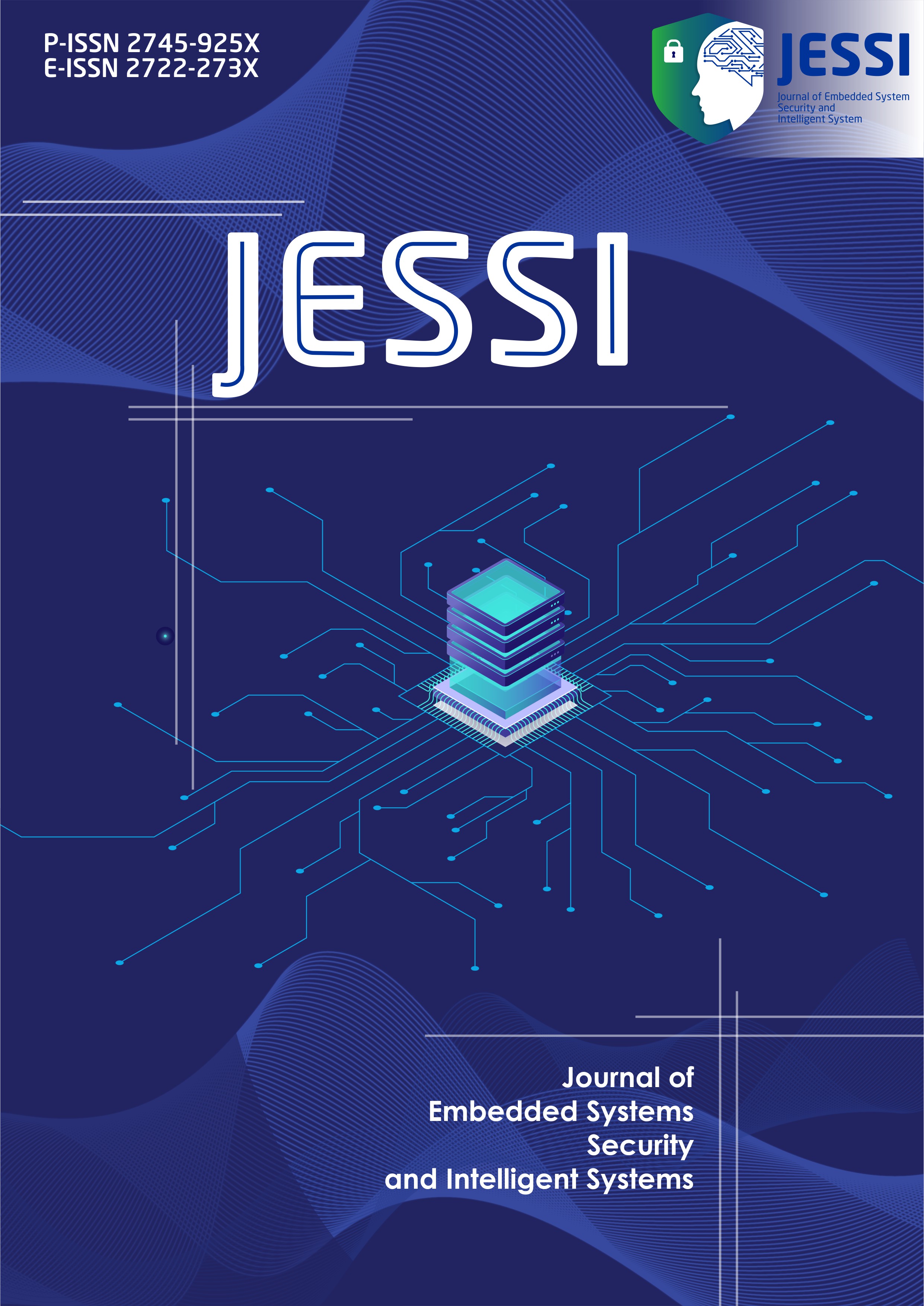Enhancing The Quality of College Decisions Through Decision Tree and Random Forest Models
Keywords:
College Decision, Data Pre-Processing, Decision Tree, Random Forest, Business AnalyticsAbstract
One of the key indicators of the growth of a college is the number of students that are enrolled in the institution on an annual basis. Student enrollment is a crucial element in the growth of a college, particularly in the case of private institutions. When examining students' aspirations for higher education, several studies use data mining techniques to forecast the interests of students who will pursue college. Researchers adopt various ways to extract valuable information from data. Prior research has shown that the decision tree technique outperforms alternative methods. The random forest, in addition to the decision tree, is often used for predicting data mining tasks. Given the above background information, the author will conduct a study titled "Comparative Analysis of Decision Tree and Random Forest Algorithms in Predicting College Interests." According to the study findings, the decision tree outperforms the random forest in terms of outcomes. The accuracy of the decision tree model is 0.81, whereas the accuracy of the Random Forest model is 0.74. All in all, the Decision Tree approach will be used as the ultimate outcome for the implementation of Business Analytics.
Downloads
References
C. Nas, “Data Mining Prediksi Minat Calon Mahasiswa Memilih Perguruan Tinggi Menggunakan Algoritma C4.5,” J. Manaj. Inform., vol. 11, no. 2, pp. 131–145, 2021, doi: 10.34010/jamika.v11i2.5506.
D. Suryani and A. Armiati, “Pengaruh Lingkungan Sosial dan Potensi Diri Terhadap Minat Melanjutkan Studi Ke Perguruan Tinggi Pada Siswa Kelas XII SMA Pembangunan Laboratorium UNP Universitas Negeri Padang,” J. Univ. Negeri Padang, vol. 01, no. 2, pp. 256–267, 2022.
N. Widiastuti, A. Hermawan, and D. Avianto, “Komparasi Algoritma Klasifikasi Data Mining Untuk Prediksi Minat Pencari Kerja,” J. Teknoinfo, vol. 17, no. 1, pp. 1–9, 2023.
A. Doahir and A. N. Qolbi, “ANALISIS POTENSI SISWA UNTUK KULIAH DENGAN CLASSIFICATION MENGGUNAKAN METODE DECISION TREE,” vol. 14, no. 1, pp. 28–32, 2022.
B. Budiman, “Perbandingan Algoritma Klasifikasi Data Mining untuk Penelusuran Minat Calon Mahasiswa Baru,” Nuansa Inform., vol. 15, no. 2, pp. 37–52, 2021, doi: 10.25134/nuansa.v15i2.4162.
R. Supriyadi, W. Gata, N. Maulidah, and A. Fauzi, “Penerapan Algoritma Random Forest Untuk Menentukan Kualitas Anggur Merah,” E-Bisnis J. Ilm. Ekon. dan Bisnis, vol. 13, no. 2, pp. 67–75, 2020, doi: 10.51903/e-bisnis.v13i2.247.
F. Y. Pamuji and V. P. Ramadhan, “Komparasi Algoritma Random Forest dan Decision Tree untuk Memprediksi Keberhasilan Immunotheraphy,” J. Teknol. dan Manaj. Inform., vol. 7, no. 1, pp. 46–50, 2021, doi: 10.26905/jtmi.v7i1.5982.
J. Li, H. Fu, K. Hu, and W. Chen, “Data Preprocessing and Machine Learning Modeling for Rockburst Assessment,” Sustain., vol. 15, no. 18, 2023, doi: 10.3390/su151813282.
K. Maharana, S. Mondal, and B. Nemade, “A review: Data pre-processing and data augmentation techniques,” Glob. Transitions Proc., vol. 3, no. 1, pp. 91–99, 2022, doi: 10.1016/j.gltp.2022.04.020.
C. S. Lee, P. Y. S. Cheang, and M. Moslehpour, “Predictive Analytics in Business Analytics: Decision Tree,” Adv. Decis. Sci., vol. 26, no. 1, pp. 1–29, 2022, doi: 10.47654/V26Y2022I1P1-30.
S. A. Arnomo, A. A. Fajrin, Y. Siyamto, and S. F. N. Sadikin, “Evaluasi Model Decision Tree Pada Keputusan Kelayakan Kredit,” J. Desain Dan Anal. Teknol., vol. 2, no. 2, pp. 200–206, 2023, doi: 10.58520/jddat.v2i2.39.
S. Rahmah, H. Azis, D. Widyawati, and A. U. Tenripada, “Prediksi potensi donatur menggunakan model Logistic Regression,” Indones. J. Data Sci., vol. 4, no. 1, pp. 31–37, 2023, [Online]. Available: file:///Users/kbh/Downloads/64-Article Text-432-2-10-
pdf.
S. Saxena, “ROC and AUC for Model Evaluation,” 2022. https://towardsai.net/p/l/roc-and-auc-for-model-evaluation (accessed Feb. 27, 2023).
A. I. Rizmayanti, N. Hidayati, F. S. Nugraha, and W. Gata, “Penerapan Data Mining Untuk Memprediksi Kompetensi Siswa Menggunakan Metode Decission Tree ( Studi Kasus Smk Multicomp Depok ),” Swabumi, vol. 9, no. 1, pp. 9–18, 2021, doi: 10.31294/swabumi.v9i1.8363.
A. Amro, M. Al-Akhras, K. El Hindi, M. Habib, and B. A. Shawar, “Instance Reduction for Avoiding Overfitting in Decision Trees,” J. Intell. Syst., vol. 30, no. 1, pp. 438–459, 2021, doi: 10.1515/jisys-2020-0061.
M. Schonlau and R. Y. Zou, “The random forest algorithm for statistical learning,” Stata J., vol. 20, no. 1, pp. 3–29, 2020, doi: 10.1177/1536867X20909688.
E. Kristoffersen, P. Mikalef, F. Blomsma, and J. Li, “The effects of business analytics capability on circular economy implementation, resource orchestration capability, and firm performance,” Int. J. Prod. Econ., vol. 239, no. June, 2021, doi: 10.1016/j.ijpe.2021.108205.
W. Jia, M. Sun, J. Lian, and S. Hou, “Feature dimensionality reduction: a review,” Complex Intell. Syst., vol. 8, no. 3, pp. 2663–2693, 2022, doi: 10.1007/s40747-021-00637-x.
Downloads
Published
How to Cite
Issue
Section
License
Copyright (c) 2024 Journal of Embedded Systems, Security and Intelligent Systems

This work is licensed under a Creative Commons Attribution-ShareAlike 4.0 International License.

































